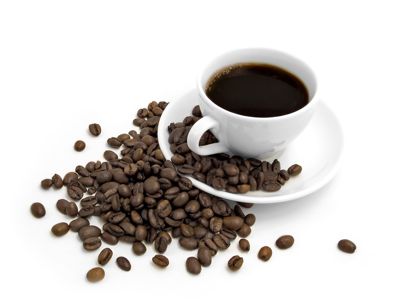Hi Sarah,
I took great interest in your article about coffee, as I am one who loves a good cup or two of coffee daily. My concerns in a SHFT would also be how do I ensure that coffee would be available. Currently, I keep 10 lbs on hand of whole bean coffee. I do not refrigerate or freeze as I thought that would destroy the flavors. The coffee is in 2.5 lb bags and rotated. I purchased a hand grinder and also bought a French Press, which makes delicious coffee and uses no electricity. My setup is fine for the short term. I don’t know why I never heard of green coffee beans but found your article very interesting for my pursuits of something long term. I’m definitely going to look into this. I’m wondering, however, about the storage for long term. You said you put your green coffee in mason jars and used your sealer. Does the green coffee have oils in it like roasted? It is my understanding that anything with a moisture content could not be sealed and have no oxygen (the idea being that botulism could grow in an environment with no air and moisture present). Please clarify this for me as I think storing green coffee for the long term is an excellent idea! Thank you, K.
Sarah’s Response: Coffee ages a bit differently than what we are used to. With most foods, oxygen destroys flavors and nutrients through oxidation while bacteria needs moisture to propagate. While the oxygen can degrade the flavor of ground coffee, the whole bean is fairly well protected from this degradation, in much the same way that whole grains are. As long as the seed (whole coffee “bean”) is not compromised, it can have a decent shelf life. However, coffee is further degraded through a process called outgassing. Once the beans have been roasted and the sugars caramelized, the bean starts giving off CO2 gas. It is this offgassing that changes the flavor and results in the short shelf life of coffee. Some offgassing is desirable for optimal flavors, and your fresh ground roasts will gain their best flavor after about 24 hours. The flavor slowly degrades as the gas escapes, until at about seven days is becomes stale. At about 14 days, it pretty well stabilizes again, but with a very flat stale flavor. This is the product that comes in canned coffees. Because of the supply chain issues, grocery stores usually can’t get coffee to you any sooner than about 7 to 14 days after being roasted. Who knows how long it sits in the bins at the store. This, of course, is the reason they sell “flavored” coffees. They are disguising the stale flavor with additives. Even coffee boutiques, once renown for their ability to serve fresh roasted coffee, have succumbed to the supply line issues of getting it from the roaster to your kitchen in a timely manner. Green coffee, on the other hand, degrades very slowly and if protected from oxygen through vacuum packing, can be stored for years. Even without the vacuum packing, it will last for several years. While green coffee does retain some moisture, it is not enough to sustain bacterial growth unless there is something wrong with the coffee. During the roasting, the coffee is raised to nearly 400 degrees F (or higher), driving off all of the moisture and killing anything that might have grown on it.
We have roasted coffee that has been in storage for as long as five years and have had no issues with it. We have also heard from other readers who have done the same quite successfully. I’m glad to hear that this article was helpful to you and others, and I encourage you to look further into it as the answer for your long-term coffee storage solution. There are many people who have successfully purchased, stored, and roasted their own green coffee over the years.
o o o
Sarah,
COSTCO sells green coffee beans by the case in #10 cans. They have regular and organic. The regular sells for about $5 a pound. Shipping is free if you are already a member. – DesertDawn










